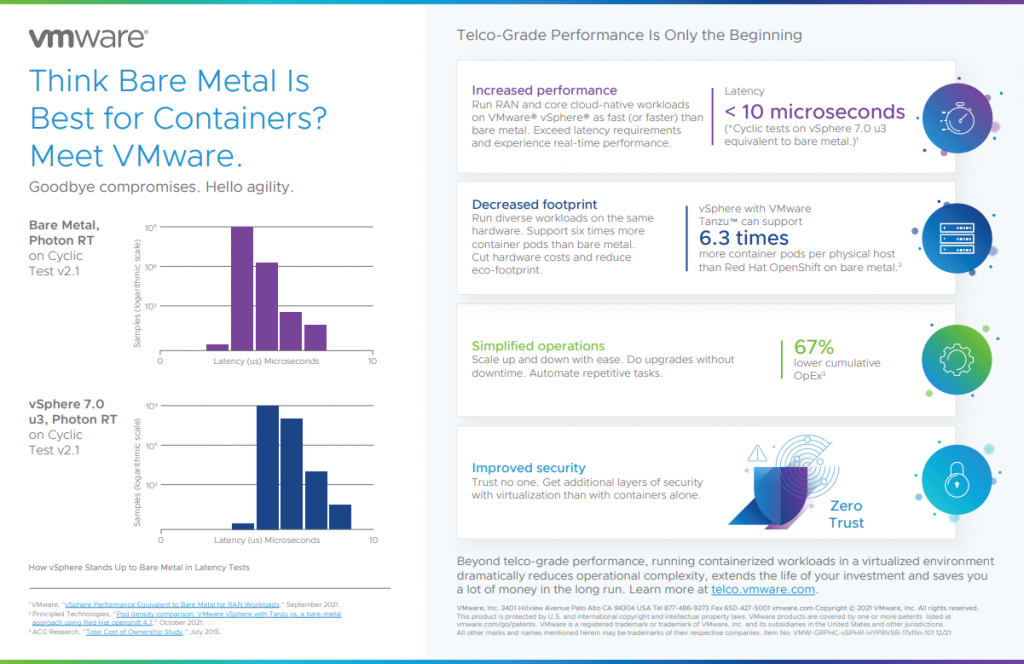Something strange is happening in telecommunications. While the industry has learned about the value of virtualization through successful transformations over the last decade, questions about bare metal have returned in recent months. We’ve been hearing the term “BareMetal Cloud” and think it’s time to set the record straight.
“BareMetal Cloud,” while a clever attempt to try to shift perceptions about the versatility of physical servers, is really just another way to say, “no virtualization”. Without virtualization, you simply can’t have a cloud. What do you have? An inflexible resource that we’ve already learned brings a lot of limitations. If you want to enable service delivery with end-to-end automation across a multi-cloud, multi-vendor network, virtualization is the well-established answer.
If you’re under the perception that virtualization can’t meet next-generation service requirements, we’re here to tell you a lot has happened over the last ten years, and it’s time to understand just how high-performing virtualization is.
I recently had an article published by Fierce Wireless that addresses some of these concerns and the realities behind the capabilities of virtualization. The telco network of the future will need the following tenants inherent in its design.
- Performance
- Hardware Optimization
- Security
- Multitenancy
- Visualization
- Resiliency
- Life Cycle Management of multiple layers of technology
- Capacity Management
- Automation
These tenants are enabled through the fact that physical resources can be and are virtualized on physical servers. Once resources are virtualized, they can be managed with software and APIs giving way to automation that can be applied to scenarios such as deployments, fault recovery, and self-healing actions.
To learn more about the performance and tenants of virtualization, I welcome you to view this infographic and read this short solution overview.

Discover more from VMware Telco Cloud Blog
Subscribe to get the latest posts sent to your email.









